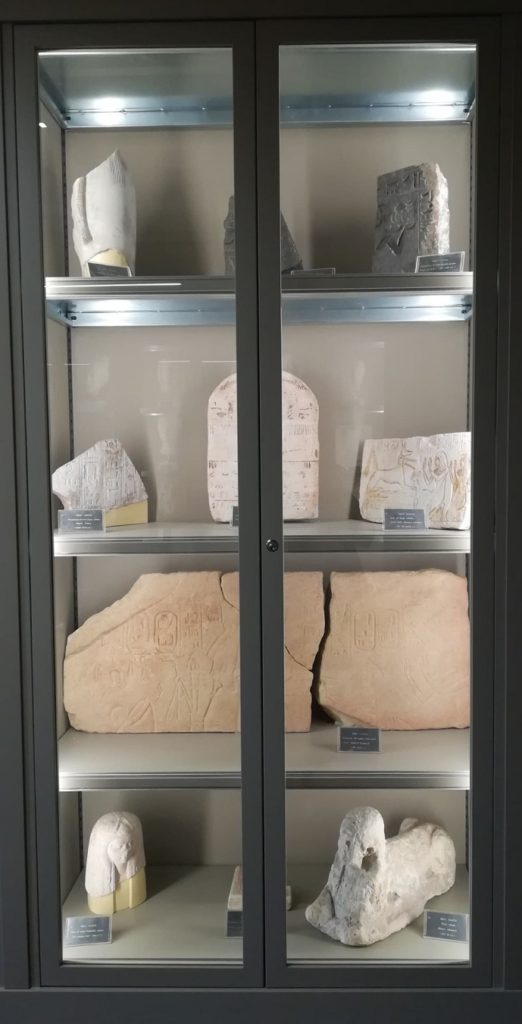
The objects in a museum are often immersed in an artificial solitude that abstracts them from the network of social, symbolic and functional relationships in which they were conceived, produced and used. In addition, finds once belonged to a single archaeological context are now divided among various collections around the world. In this way, museums’ visitors can’t fully understand the history of the objects, appreciating just their aesthetic aspect. At the same time, documents relating to them, a source of precious stories and information, are often kept in other cultural institutions, like libraries and archives, far from the interest of the general public.

The project TEMA – la Toscana Egittologica tra Musei e Archivi aims to connect the Tuscan cultural institutions that preserve data on the passage of Egyptian antiquities through the region during the first half of the 19th Century and on the Franco-Tuscan expedition in Egypt (1828-29), led by Ippolito Rosellini and Jean-François Champollion. In the impossibility of a physical movement of objects and documents, digital storytelling offers an effective and engaging solution to return a completeness, albeit virtual, told through various formats (texts, images, videos and 3D models) and media (websites, web databases, social networks).
TEMA wants to draw and make available to the public links between letters, manuscripts and drawings of the Biblioteca Universitaria di Pisa – in part already digitized within the “Progetto Rosellini” – and the documents relating to the arrival of ships with Egyptian antiquities in Leghorn, kept at the Archivio di Stato di Livorno. The Istituto Centrale per il Catalogo Unico will play an important role in the sharing of data thanks to its digital platforms.
The project will be divided in three operational objectives. The first series of work packages, consisting of the data gathering in libraries and archives, will serve to provide the research material. The research results will be entered in a public accessible and updatable database, thus offering a useful tool that facilitates consultation from all over the world of information relating to the Franco-Tuscan mission and the Egyptian collections formed in the first half of the 19th Century. For the second objective, 3D models of artifacts from Egyptian collections in Pisa will be created and original manuscript documents kept in the Biblioteca Universitaria di Pisa and the Archivio di Stato di Livorno will be digitized. The third and final part of the project will study the most effective and suitable methods of display and storytelling for the objects along with their subsequent museum fruition: case studies and interactive museum paths will be selected; a web database and a website will be created.
DaNAE – Database of the ships arrived in Leghorn with Egyptian antiquities during the first half of the 19th cen.
3D models of Egyptian antiquities kept in the Opera della Primaziale Pisana
